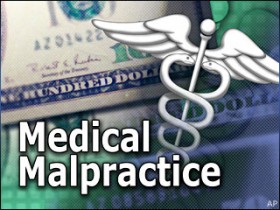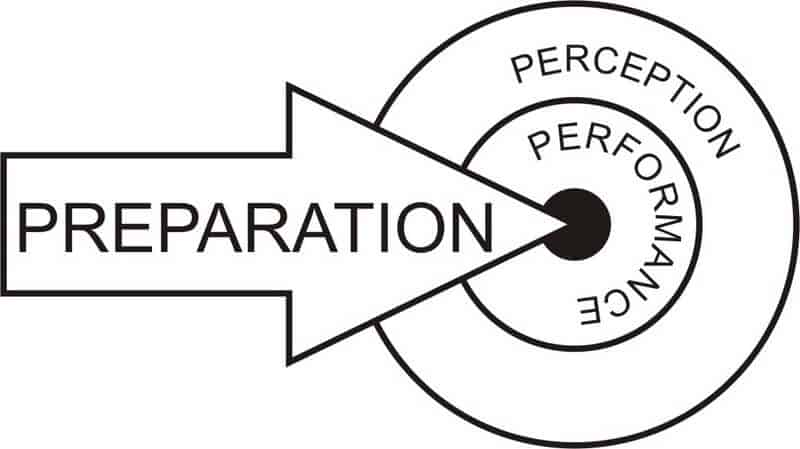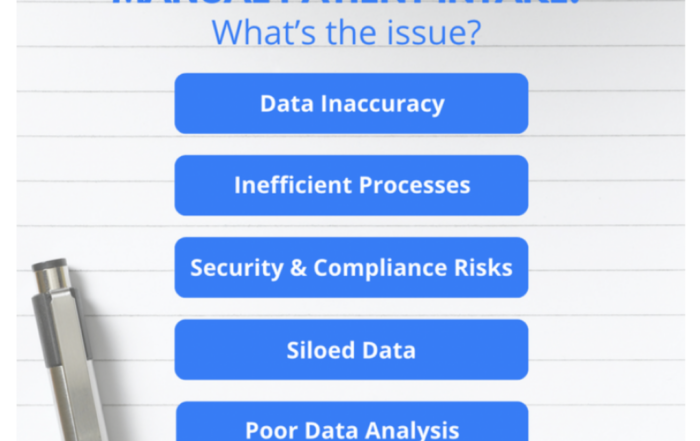Your Reputation vs Technology
 Have you ever stopped to wonder the value of your reputation? If you had to put a price tag on it, what do you think it would be? In the health field, a practice’s reputation is, largely, based upon a patient’s opinion of the quality of care provided.
Have you ever stopped to wonder the value of your reputation? If you had to put a price tag on it, what do you think it would be? In the health field, a practice’s reputation is, largely, based upon a patient’s opinion of the quality of care provided.
Health care practices that mismanage patient care can expect to pay for their blunders. When lives are on the line, there are lofty costs associated with the potential for patient mismanagement.
Malpractice insurance is designed to protect doctors from lawsuits that can result in tarnished reputations and a reduced client base, but the associated financial strain is, often, too much for many doctors to bear. With the severe financial and social implications associated with patient care, the need for physicians to be ever-vigilant of mistakes in patients’ records, properly documenting and tracking all referrals, becomes an imperative first-step in assuring a practice’s exposure to claims of malpractice are minimized.
High levels of malpractice claims have lead to high malpractice insurance premiums. While the average person on the street might come to a hasty (and false) conclusion that the inordinate costs being paid by a physician could only be a direct result of perpetual medical negligence, the reality is that, since 2000, the cost of medical malpractice insurance has skyrocketed for all health care practitioners It is crucial that all physicians understand how to shield themselves from claims that could result in additional increases in insurance rates. Statistics show that most physicians will be sued, on average, twice in their careers [Jackson]. This insight leads to an, obvious, inference that not all lawsuits filed result in a payout. In fact, a study that included 41,000 doctors, conducted by The New England Journal of Medicine, found that the majority of medical malpractice lawsuits filed have no actual basis. Many malpractice lawsuits involve a misdiagnosis or late diagnosis [“Nolo”]. In other suits, the cause of action holds the physician liable for failing to recommend seeking further evaluation by a specialist [“No Specialist Referral”]. In these instances, as the law does not hold doctors responsible for all diagnostic errors, pursuit of further legal action is, often, halted after the physician produces records that include proof that proper medical procedure was followed; that the integrity of the patient’s records were maintained; that referrals to and from other physicians were documented. Building a revered practice is a costly endeavor. Maintaining a strong reputation is even harder. The high cost of malpractice insurance can lead to a diminished level in the quality of patient care. Diminished health care capabilities can cultivate resentment in patients and increase the potential for lawsuits based upon alleged negligent practices which, again, directly impact insurance rates. In looking for a solution, a wise decision would be to seek reliance upon a management system that is sure to: Doing so would not only be a crucial first step in limiting your exposure to lawsuits, but also create additional time to focus on what’s most important in any doctor’s office: the patients. Think about it: focusing on patients more would, hopefully, also result in an increase in referrals. I’m sure that increased business could go some distance in helping to offset those pesky insurance premiums. Works Cited Craven, E. Randy. “Malpractice Costs Rise as Glaucoma Surgery Evolves.” Review of Ophthalmology® Home. 8 Aug. 2007. Web. 20 Sept. 2011. <http://www.revophth.com>. Furchtgott-Roth, Diane. “The High Cost of Medical Malpractice.” RealClearMarkets: Market-Related News, Analysis & Commentary. 6 Aug. 2009. Web. 20 Sept. 2011. <http://www.realclearmarkets.com>. “How Many Medical Malpractice Cases Go to Trial?” Medical Malpractice. Lawyers, Attorneys and Doctor Lawsuit Information | MedicalMalpractice.com. Web. 20 Sept. 2011. <http://www.medicalmalpractice.com>. Jackson, Melissa. “How to Lower Doctor’s Malpractice Insurance.” EHow | How to Videos, Articles & More – Trusted Advice for the Curious Life | EHow.com. Web. 20 Sept. 2011. <http://www.ehow.com>. “Medical Malpractice Lawsuits are Rarely Successful – New England Journal of Medicine Study.” Modjarrad and Abusaad (M&A) Law Firm – Established in 2000. 23 Aug. 2011. Web. 20 Sept. 2011. <http://www.dallasarealaw.com>. “Medical Malpractice: Misdiagnosis and Delayed Diagnosis.” Lawyers, Legal Forms, Law Books & Software, Free Information – Nolo. Web. 20 Sept. 2011. <http://www.nolo.com>. “No Specialist Referral by General Practitioner: Medical Negligence?” Medical Malpractice. Lawyers, Attorneys and Doctor Lawsuit Information | MedicalMalpractice.com. Web. 20 Sept. 2011. <http://www.medicalmalpractice.com>. So, how prepared are you for dealing with a potential lawsuit? The first line of defense in preserving a practice’s standing is dependent upon how well you can cross your “t”s and dot your “i”s. This means staying up to date with:
So, how prepared are you for dealing with a potential lawsuit? The first line of defense in preserving a practice’s standing is dependent upon how well you can cross your “t”s and dot your “i”s. This means staying up to date with:











